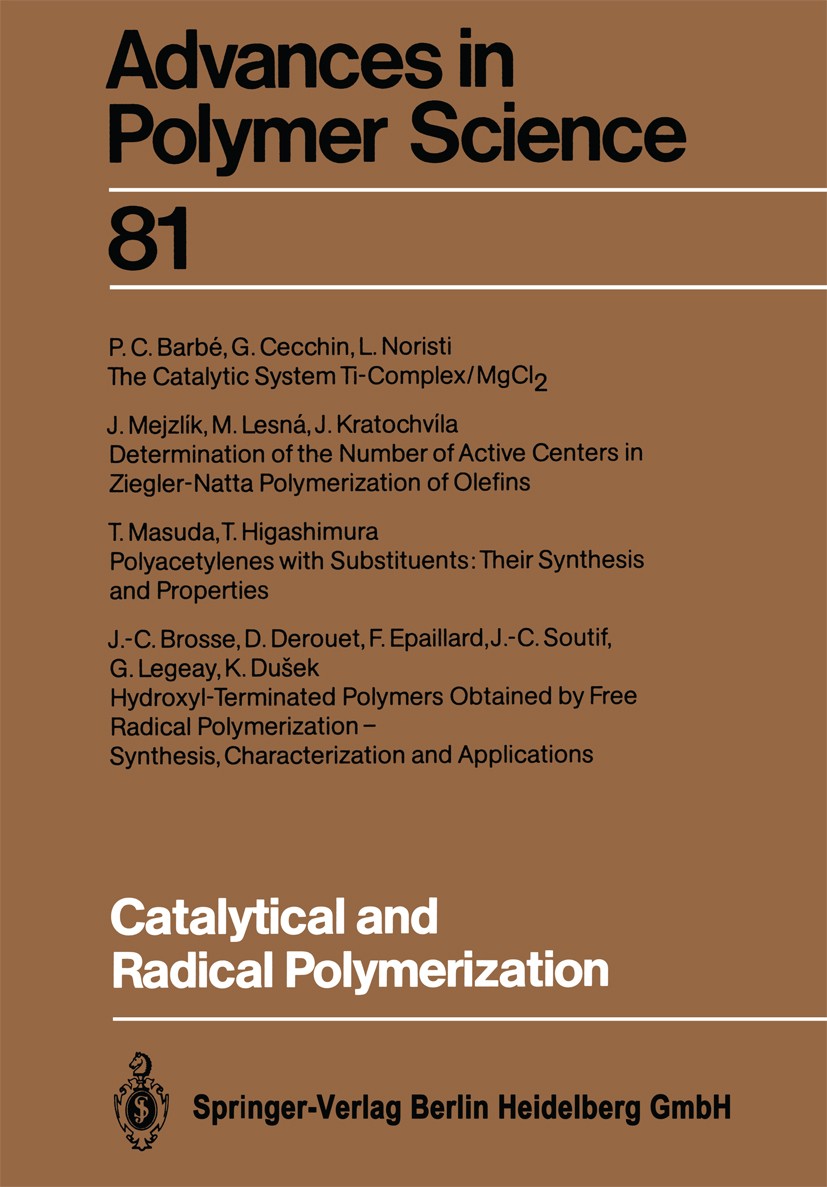Polymers, Free Full-Text
$ 6.99 · 4.7 (614) · In stock
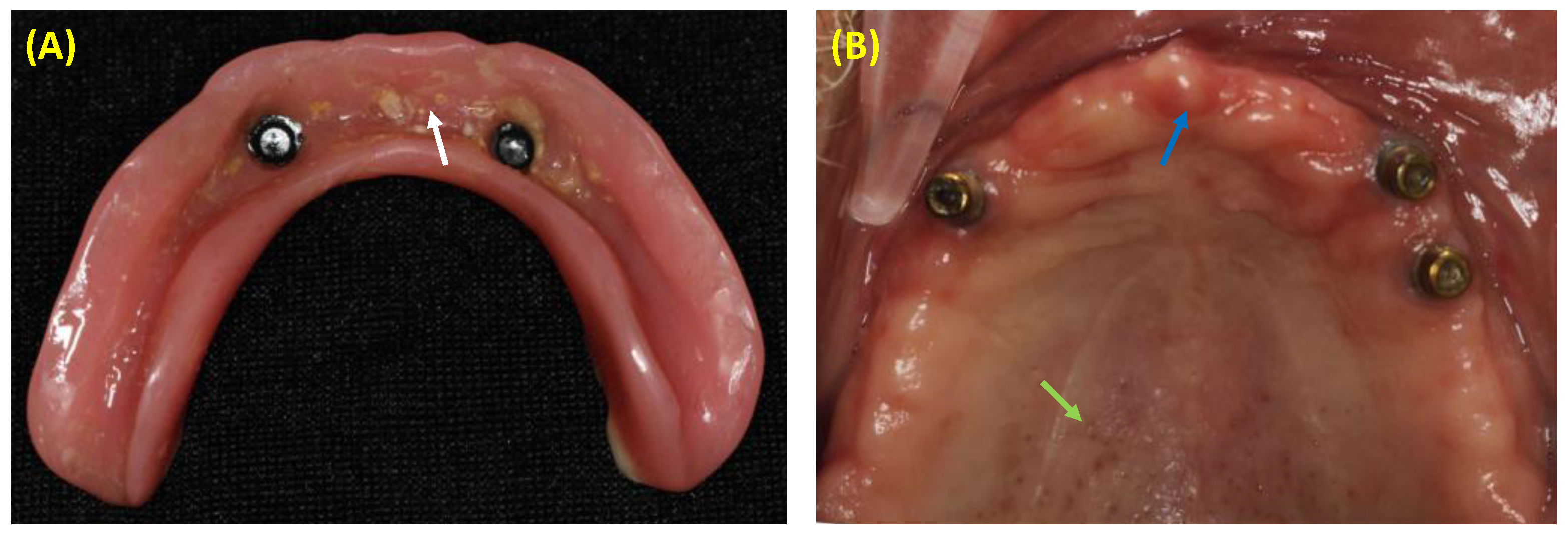
Denture base resin (DBR) materials are used in dentistry in constructing removable dentures and implant-supported prostheses. A plethora of evidence has demonstrated that DBR materials are associated with a high risk of denture stomatitis, a clinical complication where the soft oral tissues underneath the resin-based material are inflamed. The prevalence of denture stomatitis among denture wearers is high worldwide. Plaque accumulation and the infiltration of oral microbes into DBRs are among the main risk factors for denture stomatitis. The attachment of fungal species, mainly Candida albicans, to DBRs can irritate the underneath soft tissues, leading to the onset of the disease. As a result, several attempts were achieved to functionalize antimicrobial compounds and particles into DBRs to prevent microbial attachment. This review article explored the advanced approaches in designing bioactive and antimicrobial DBR materials. It was reported that using monomer mixtures, quaternary ammonium compounds (QACs), and organic and inorganic particles can suppress the growth of denture stomatitis-related pathogens. This paper also highlighted the importance of characterizing bioactive DBRs to be mechanically and physically sustainable. Future directions may implement a clinical translational model to attempt these materials inside the oral cavity.
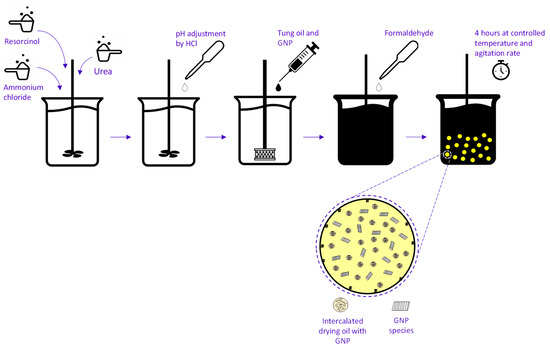
Polymers An Open Access Journal from MDPI
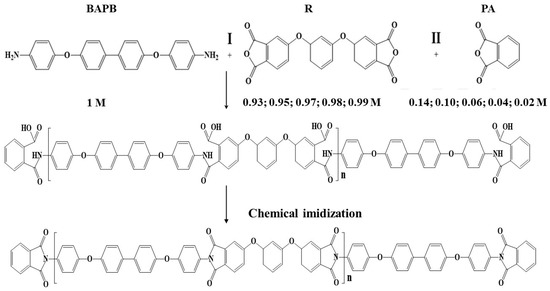
Polymers, Free Full-Text
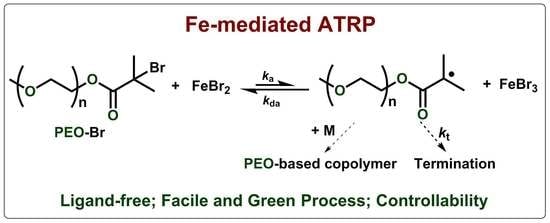
Polymers, Free Full-Text
Brandrup Polymer Handbook PDF, PDF, Polymerization

Polymers, Free Full-Text, benny watts x reader

PDF) TEXTBOOK OF POLYMER SC THIRD EDITION
Polymers, Free Full-Text, códigos de double xp no block city

Polymers, Free Full-Text, Conductive Thread
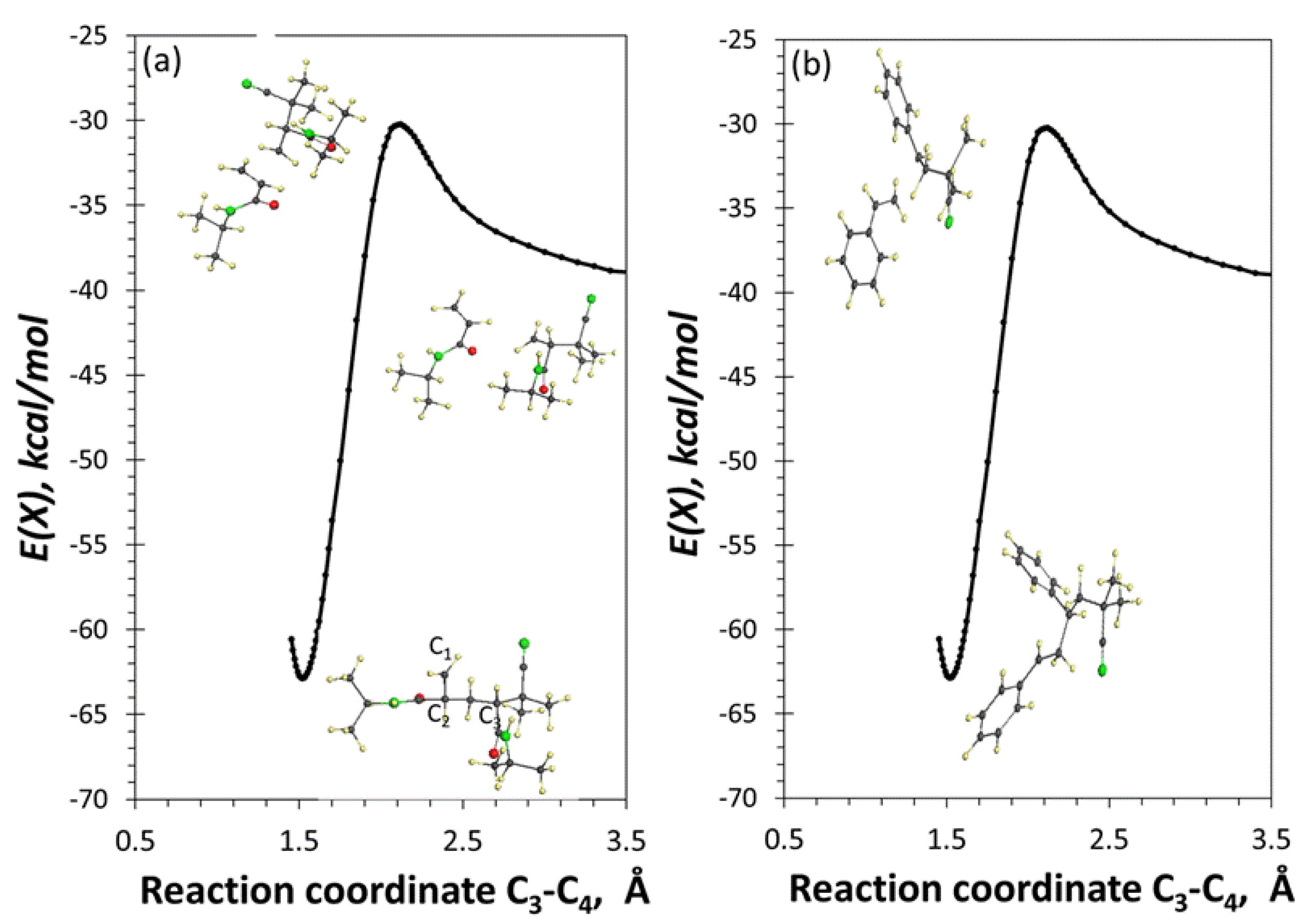
Polymers, Free Full-Text

Free volume and intrinsic microporosity in polymers (Manchester eScholar - The University of Manchester)
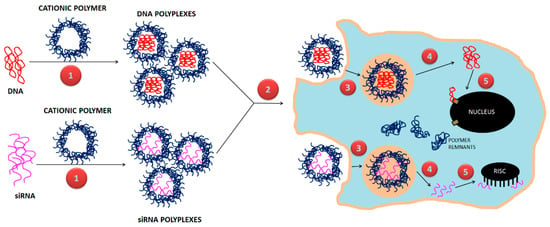
Polymers, Free Full-Text
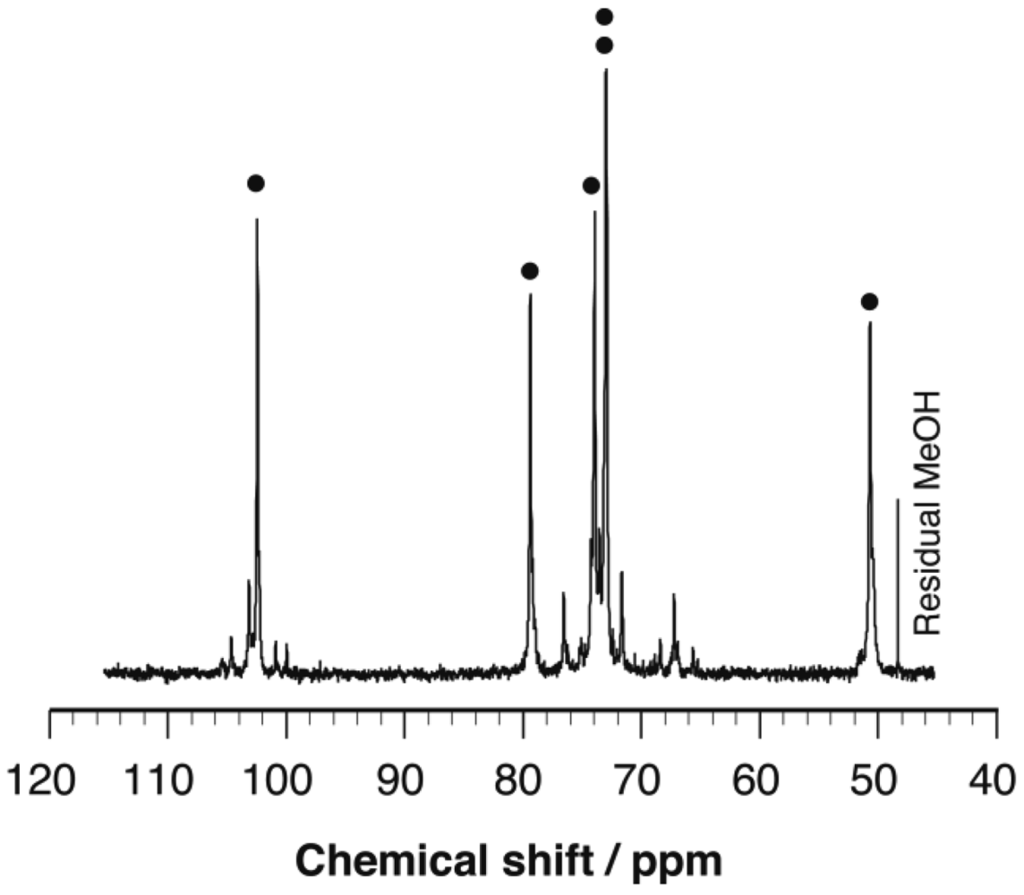
Polymers, Free Full-Text, 3d Printer Lubricant

